How can we build a Canadian sufficiency economy?
We have to rethink what we build, how we get around, and what we eat.
In my last post, Is Canada about to experience Rapid Unscheduled Degrowth? I suggested that Canada should use this opportunity to develop a “sufficiency economy” and quoted Australian philosopher Samuel Alexander’s description:
"This would be a way of life based on modest material and energy needs but nevertheless rich in other dimensions—a life of frugal abundance. It is about creating an economy based on sufficiency, knowing how much is enough to live well, and discovering that enough is plenty.”
In my book, The Story of Upfront Carbon, I started by noting: "When you look through the lens of upfront carbon, everything changes.” One of the main things you see is that we need to use less of everything. This is the sufficiency economy.
"Less is more," the phrase popularized by architect Mies van der Rohe, comes to mind, but Mies didn’t practice what he preached; his simple, minimalist details were often expensive and impractical. Bucky Fuller defined ephemerality as “doing more with less.” Degrowth advocate Jason Hickel titled his book “Less is more: how degrowth will save the world” and writes that “degrowth begins as a process of taking less.” Architect Kelly Alvarez Doran rejects Mies and returns to basics: “less is less.” And that's really what this is all about: using less stuff. Less is less.
So, how do you design a city and an economy around these principles? Samuel Alexander broke it into separate categories (water, food, clothing, work, housing, transportation, technology, etc), but everything is connected; as transportation planner Jarrett Walker noted, “transportation and land use are the same things spoken in two different languages.” How we live, shop, work, and get between everything is all one story.
Housing
Transportation has been driving the bus for the last century, moving us from the tight, walkable town and city to the streetcar suburb to the car-oriented sprawl. The streetcar suburb in my sweet spot, my Goldilocks Density- dense enough to support a main street with viable retail within walking distance, a decent transit system, and a bike network. It could look like Montreal’s Plateau district without the deathtrap stairs. Montreal demonstrates how you get a high population density without building concrete towers: simple, efficient plans close to narrow streets.
It could be a city of sixplexes like the ones recently approved in Toronto. This kind of housing is far cheaper and faster to build than high-rises and can be made of wood frame instead of concrete. Change the rules a bit to allow for single-stair exiting and standardized prefabricated elevators for universal access and allow them everywhere so we can economically rebuild and intensify our city and suburbs.
Transportation
Once you get to Montreal-style urban densities, you can have Montreal-style transportation: great subways below and great bike lanes above. Get Montreal-style food and lose the Montreal-style winter, and you will have the perfect city.
There are teething problems, but I continue to believe that we are at the start of an e-bike revolution, and we should do everything we can to help people consider them as alternatives to cars. In sunny and warm Oslo, “researchers found that with e-bike ownership, people would leave the car at home with increasing regularity as time went on, replacing journeys they would have previously driven.” These people often owned cars but didn’t need to use them. In a well-designed environment, people have options, ranging from walking to driving, and they choose the appropriate mode.
A separate study found that transport emissions could be ‘halved’ with greater electric bike uptake and reduced car dependency. Using modeling based on Danish cycling rates, researchers with Leeds University found that there was no greater emissions-saving possibility than moving more trips to e-bikes when benched against other transport solutions.
As for inter-city transport, I previously wrote about how we should be going with high-speed rail, preferably with systems a little more dependable than the Turbo was.
UPDATE: This might actually happen; the federal government is making an announcement today.
Food
That’s Kelly preparing local and seasonal squash as a side with dinner. We should not just acknowledge the intermittency of food production; we should celebrate it, eat a seasonal diet, and reduce the inefficiencies of the food chain by eating as locally as possible and as simply as possible, with few heavily processed foods. Government policy should include total development freezes on agricultural lands, saving the Greenbelt and wherever seasonal foods can be grown. More: Fight Trump Tariffs with a Patriotic Canadian Diet.
We could also roll out more urban rooftop farms like Lufa’s in Montreal. The founder told Kim at Treehugger:
“We are big believers that this will be the way cities will be designed. As we go from seven billion to nine billion, more people to feed with less land, less water, less resources, this is a solution that addresses all of that. You’re taking ignored spaces, you’re improving the building’s efficiency, you’re growing with less land, less energy, you have practically no transportation and no packaging, and no loss because you’re only harvesting what you need for the day, so it’s a very minimalist way of growing food.”
For years, Americans have complained about Canada’s dairy and eggs supply management system, which “offers stability for producers, processors, service providers and retailers” but also limited imports of American milk and eggs. However, it is looking pretty good right now, as the smaller, decentralized producers are more resistant to bird flu. We have lots of affordable eggs, thank you.
Water
In 2014, I asked, Will the next war with Canada be a fight over water? Canadian Ambassador to the USA, Gary Doer, thought so, saying: "Canada must prepare for diplomatic water wars with the U.S., as demand on both sides of the border grows for this vital but ultimately limited resource.” He said the problem is so pressing that in five years, it will make other public debates look "silly."
“I think five years from now we will be spending diplomatically a lot of our time and a lot of our work dealing with water. There will be pressure on water quality and water quantity… We’re blessed with a lot of water, but we cannot take it for granted. We have to manage it more effectively.”
There were plans to build a giant canal to divert fresh water running into James Bay, and there were concerns about a plot to destabilize Canada:
"Conspiracy theorists believed that forces interested in a North American Union would agitate for Quebec separation, which would then touch off a Canadian civil war and plunge the Canadian economy into a depression. Impoverished Canadians would then look to the canal project and North American Union to revitalize the Canadian economy."
They were all off by a few years, but here we are, being destabilized. Donald Trump wants this water, and despite the treaties and a hundred years of agreements, he will likely take it, especially to flush those inefficient toilets and multi-gallon showers he just brought back.
What should Canadians do? As Gary Doer suggested, don’t take it for granted, use it more carefully, and don’t waste as much of it. We might also work with our First Nations and put more of it to work, generating electricity.
Water energy, and transportation are connected; A hundred years ago, Adam Beck had a vision of hydroelectricity powering radial tramways and built power stations all over the Province of Ontario; we need more visionaries like him today, working with wind, water, and sunshine.
More to come.
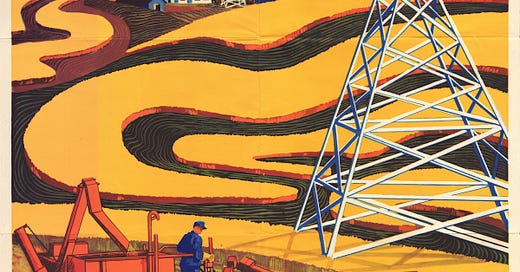



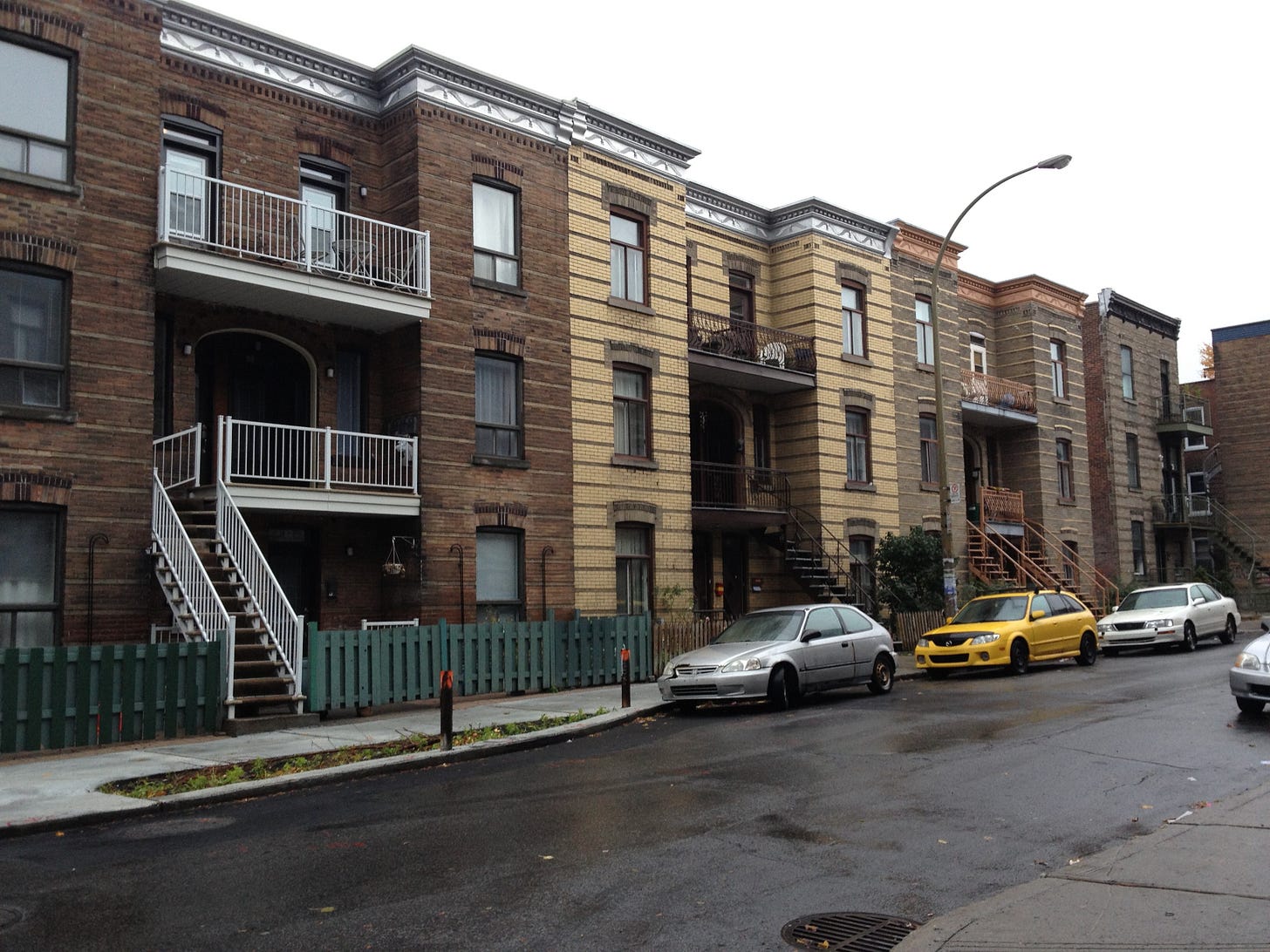


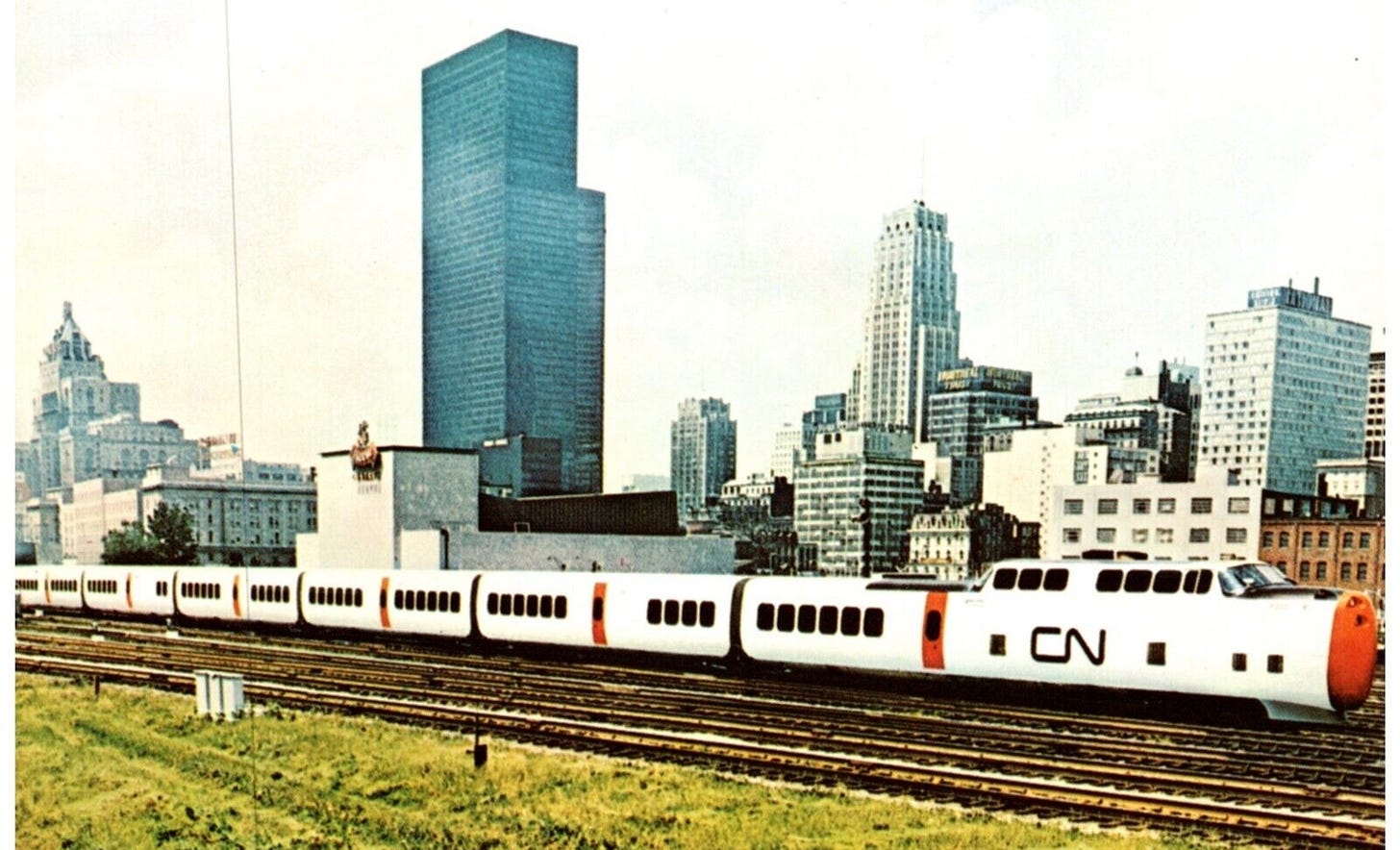

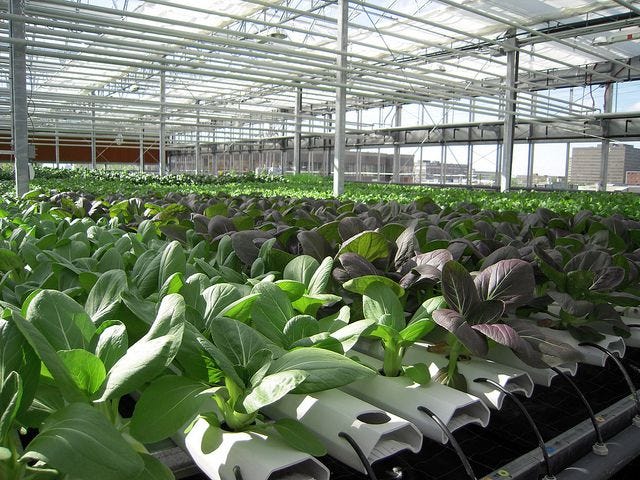
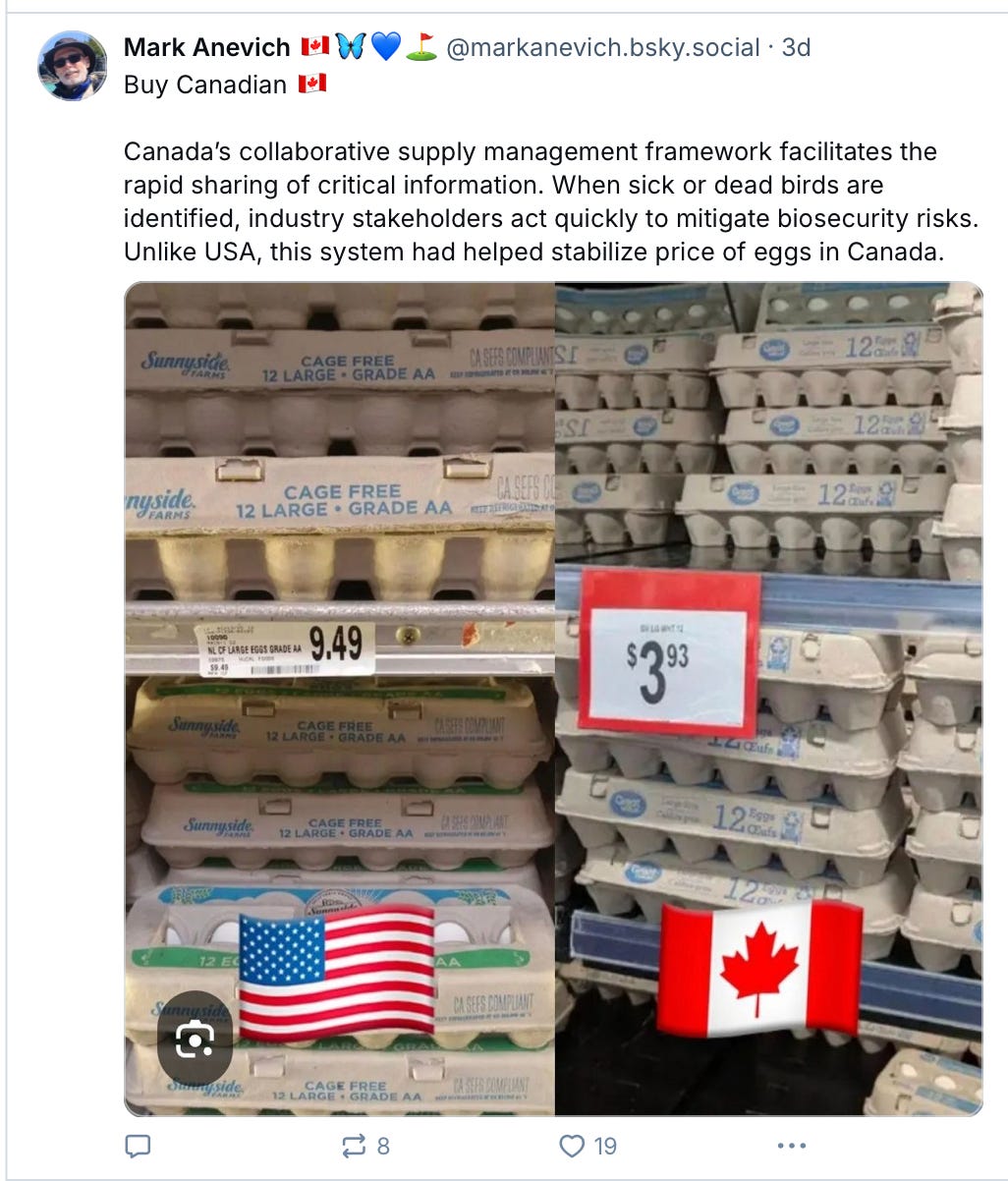
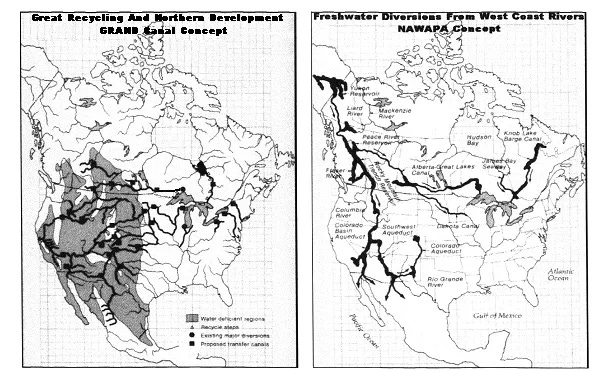

Couldn't agree more and as a US resident I will apologize for my country and the current state of affairs. But check out this idea that someone came up with on Facebook: Canada becomes the 51st state much to the delight of the Donald. Unintended consequence: Canada's approx. 41 million people now get to vote, and guess what? The result is like adding another slightly larger California to the mix. Wayne Gretsky runs for president in 2028 and wins in a landslide. Would he be able to make us more like Canada and California? Food for thought
So, two quick questions off the top of my head without digging deeper:
1) Name me any metropolitan transit system anywhere that is successfully off the taxpayer dime (no subsidies at all) for both operational and maintenance costs (since you are pushing public transit here)? And as I asked before, where are the Canadian $ Trillions going to come from to do such rebuild (from your previous post lauding such rebuilds)?
2) Your words: "I keep saying people want walkable communities but apparently I'm wrong". So by what mechanism will you force people into such communities? Are you offering carrots or sticks?
OK, one more - in the words of Steve Mac Donald: "Have less, do less, be less". What is your guess on how many Canadians will willing to be "frugality monks" and embrace this - and what will you do against those that actively refuse?